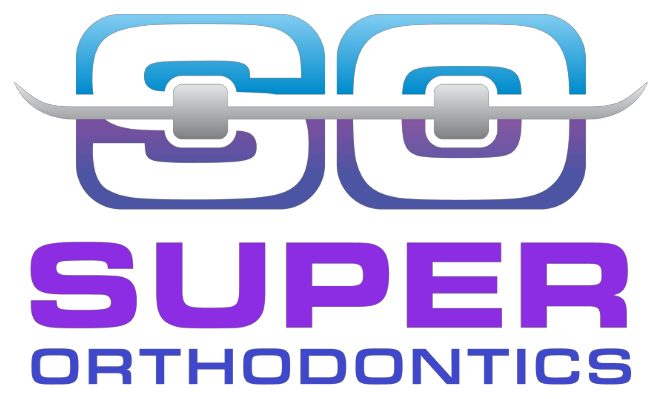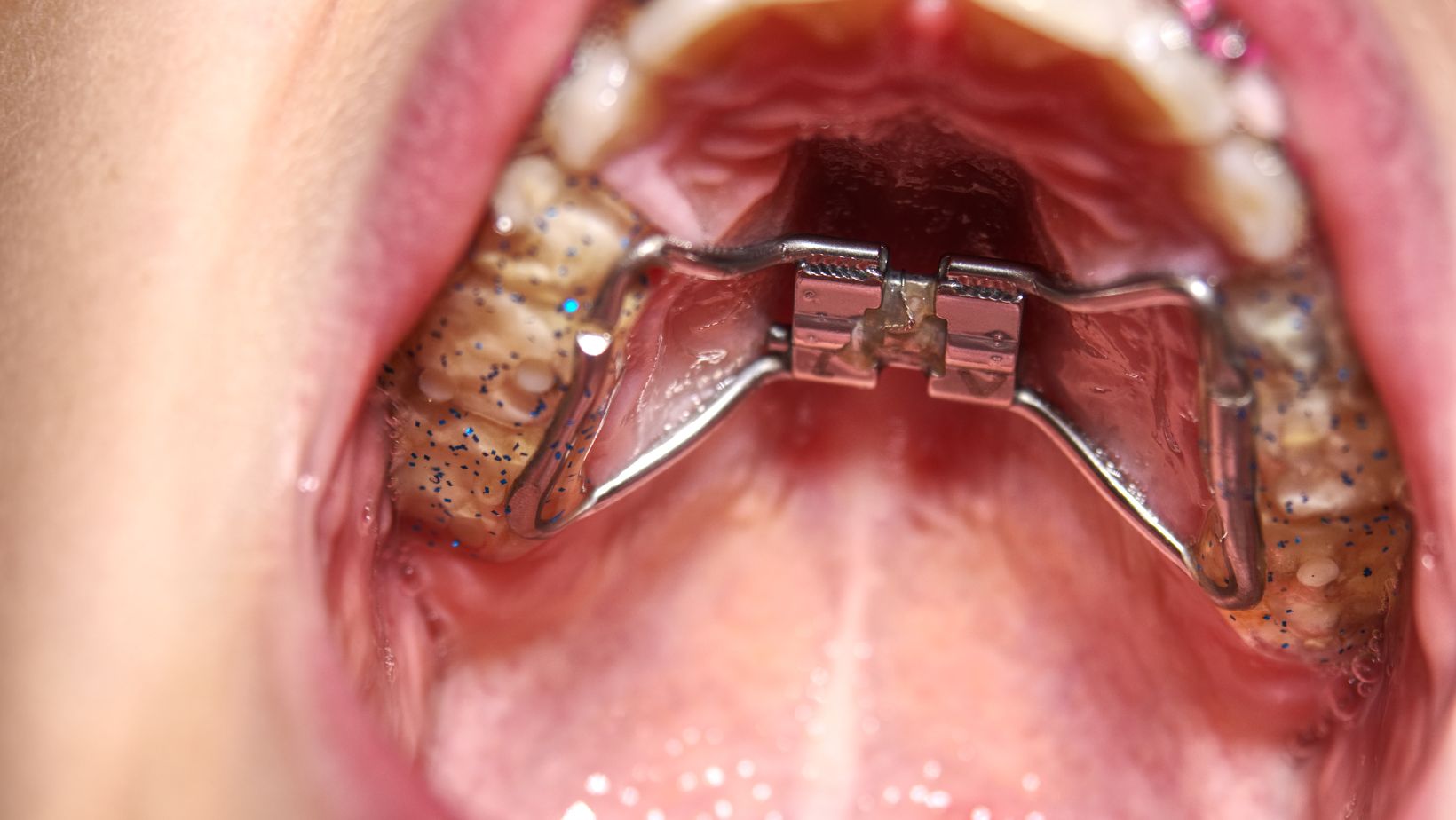Orthodontics is not just about achieving a beautiful smile but also ensuring proper oral health and function. Palatal expansion, an essential and effective technique in the field of orthodontics, is designed to address a wide range of issues related to jaw and bite alignment. In this article, we will explore the concept of palatal expansion, its significance in orthodontics, and the various conditions it can help address.
Understanding Palatal Expansion
Palatal expansion, also known as rapid maxillary expansion or RME, is a specialized orthodontic treatment that focuses on widening the upper jaw, particularly the maxilla. This technique is primarily used in growing children and adolescents when the bones are still pliable and responsive to orthodontic intervention.
The primary objective of palatal expansion is to correct narrow upper arches, create more space for crowded teeth, help with breathing issues, and address problems like crossbites, which occur when the upper teeth sit inside the lower teeth when biting.
The Palatal Expansion Process
Palatal expansion typically involves the following steps:
- Diagnosis: An orthodontist first conducts a thorough examination, which may include X-rays, photographs, and dental impressions, to assess the patient’s specific needs and determine the extent of expansion required.
- Appliance Placement: The orthodontist then customizes an orthodontic appliance, often referred to as an expander or a palatal expander. This appliance is either fixed to the upper teeth or can be removable, depending on the patient’s age and case complexity.
- Activation: The appliance is activated or adjusted by the orthodontist or the patient’s caregiver to gradually widen the upper jaw. This process is monitored to ensure safe and controlled expansion.
- Retention: Once the desired expansion is achieved, the appliance remains in place for a certain period to allow the surrounding tissues and bones to stabilize.
- Follow-up Care: After the active expansion phase, the patient may require further orthodontic treatment, such as braces or aligners, to fine-tune tooth alignment and ensure a stable bite.
Benefits of Palatal Expansion
Palatal expansion offers a range of significant benefits, both for oral health and aesthetics:
- Improved Bite Alignment: It effectively addresses issues like crossbites, reducing the risk of oral health problems and promoting proper jaw development.
- Enhanced Breathing: Wider upper arches can improve airflow and alleviate breathing difficulties, especially in cases of mild sleep apnea or snoring.
- Preventing Extractions: Palatal expansion can create additional space for crowded teeth, reducing the need for permanent tooth extractions.
- Early Intervention: It is most effective when performed in children and adolescents, allowing orthodontists to correct issues before they become more complex and costly to treat.
Conditions Addressed by Palatal Expansion
Palatal expansion is used to treat a variety of orthodontic issues, including:
- Crossbites: When the upper teeth sit inside the lower teeth, causing misalignment and potential oral health issues.
- Crowding: It can alleviate crowding by creating space for the eruption of permanent teeth.
- Narrow Upper Jaw: A narrow upper jaw can lead to a range of dental and oral health problems, which palatal expansion can effectively resolve.
Conclusion
Palatal expansion is a powerful tool in the orthodontist’s toolkit, offering a range of benefits in terms of oral health and aesthetics. By addressing issues related to bite alignment, crowding, and narrow upper jaws, this orthodontic technique plays a pivotal role in creating healthier smiles and improving overall well-being. If you or your child is facing any of these issues, consult with an orthodontist to explore the potential benefits of palatal expansion in achieving a beautiful, healthy smile.

